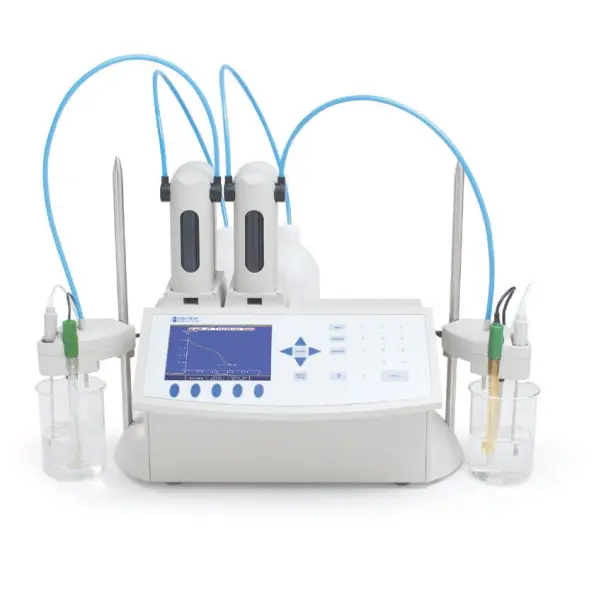
Environmental Monitoring of Nitrates and Other Water Quality Parameters: pH,
Environmental Monitoring of Nitrates and Other Water Quality Parameters: pH,...

Dairy products are an important contribution to the human diet. Dairy provides high-quality protein and is a good source of vitamins such as A, D, and B-12, and minerals such as calcium, magnesium, potassium, zinc, and phosphorus. Cheese is one of the most popular dairy products in Australia: its annual consumption is around 13.5 kg per person. Cheese consumers become more and more selective in their choices, demanding a variety of tastes and premium quality.
No matter what the cheese type will be, the starting quality of the milk and cream being used has significant impacts on the quality of the final product. Fresh milk should have a pH of 6.7–6.5 and a titratable acidity of 0.10–0.25% lactic acid. Values outside of this range can indicate potential cow illness or microbial spoilage from contamination or improper storage. The presence of undesirable bacteria will convert the sugars in milk to lactic acid as spoilage occurs; however, the pH of milk is buffered due to naturally present salts such as citrates, phosphates, and lactates. This means a significant amount of acid development can occur before a change in pH is observed. Therefore, both pH and acidity must be measured to properly assess microbial spoilage.
Application:
Any cheese and yoghurt manufacturer needs to measure pH and acidity of their initial milk quality and final products. When purchasing raw, unpasteurized milk for cheesemaking, the initial milk quality is especially important. Many companies are performing manual titrations for acidity using phenolphthalein as a colour indicator, but they are often unhappy with the repeatability and consistency of their results. This is the reason to move from a manual titration with a colour indicator to a pH endpoint of 8.3. Because pH 8.3 is the point that phenolphthalein changes from colourless to pale pink, a titration to pH 8.3 will comply with their standard method while removing the subjectivity of a colour indicator endpoint.

For measuring titratable acidity (TA) in dairy products, Hanna Instruments offers the HI902 Potentiometric Titrator. Acid/Base titration is titrated to a fixed point of 8.3 to reflect a typical phenolphthalein end point. Sodium Hydroxide (NaOH) is used as the titrant and results are expressed in g/100ml of lactic acid. Operator error along with subjectivity of colour interpretation is completely eliminated with the HI902 titrator given that pH is measured potentiometrically via an HI1131B pH electrode.
Due to the HI902 methods being user defined, results units, titrant concentration and sample size can be completely customizable to the customers’ needs and requirements.
The 40,000 step piston dosing system provides more repeatable and accurate results than direct manual dispensing methods. The large storage capacity of 100 reports and USB transferable or direct interface allows meeting Good Laboratory Practice (GLP) with complete traceability.
The HI902 can offer more beyond acidity and pH measurement. Through its ISE and mV capabilities, the HI902 offers future expansion possibilities for multiple types of analysis and methods. These include but are not limited to:
Environmental Monitoring of Nitrates and Other Water Quality Parameters: pH,...
Salt Concentration In A Brine Solution For Curing Salmon Traditionally,...

To empower customers to achieve quality by supplying intuitive, accurate, and reliable analytical instruments with exceptional customer service and value.
We take pride in every product we build. From an original idea to a completed product ready for testing. We oversee every aspect of the manufacturing process. It is this level of attention to detail that sets us apart.
To empower customers to achieve quality by supplying intuitive, accurate, and reliable analytical instruments with exceptional customer service and value.
We take pride in every product we build. From an original idea, to a completed product ready for testing. We oversee every aspect of the manufacturing process. It is this level of attention to detail that sets us apart.
To empower customers to achieve quality by supplying intuitive, accurate, and reliable analytical instruments with exceptional customer service and value.
We take pride in every product we build. From an original idea, to a completed product ready for testing. We oversee every aspect of the manufacturing process. It is this level of attention to detail that sets us apart.

